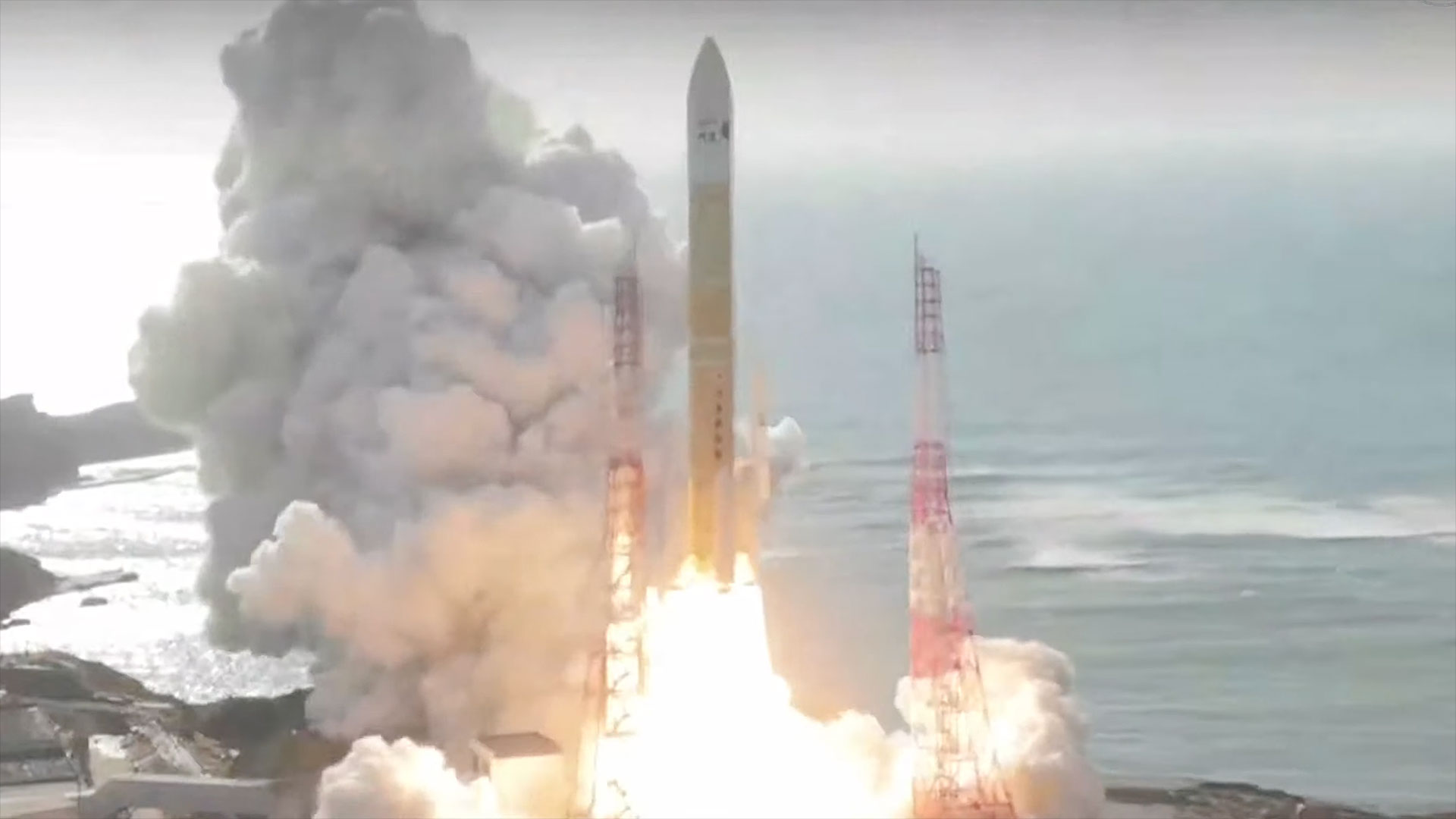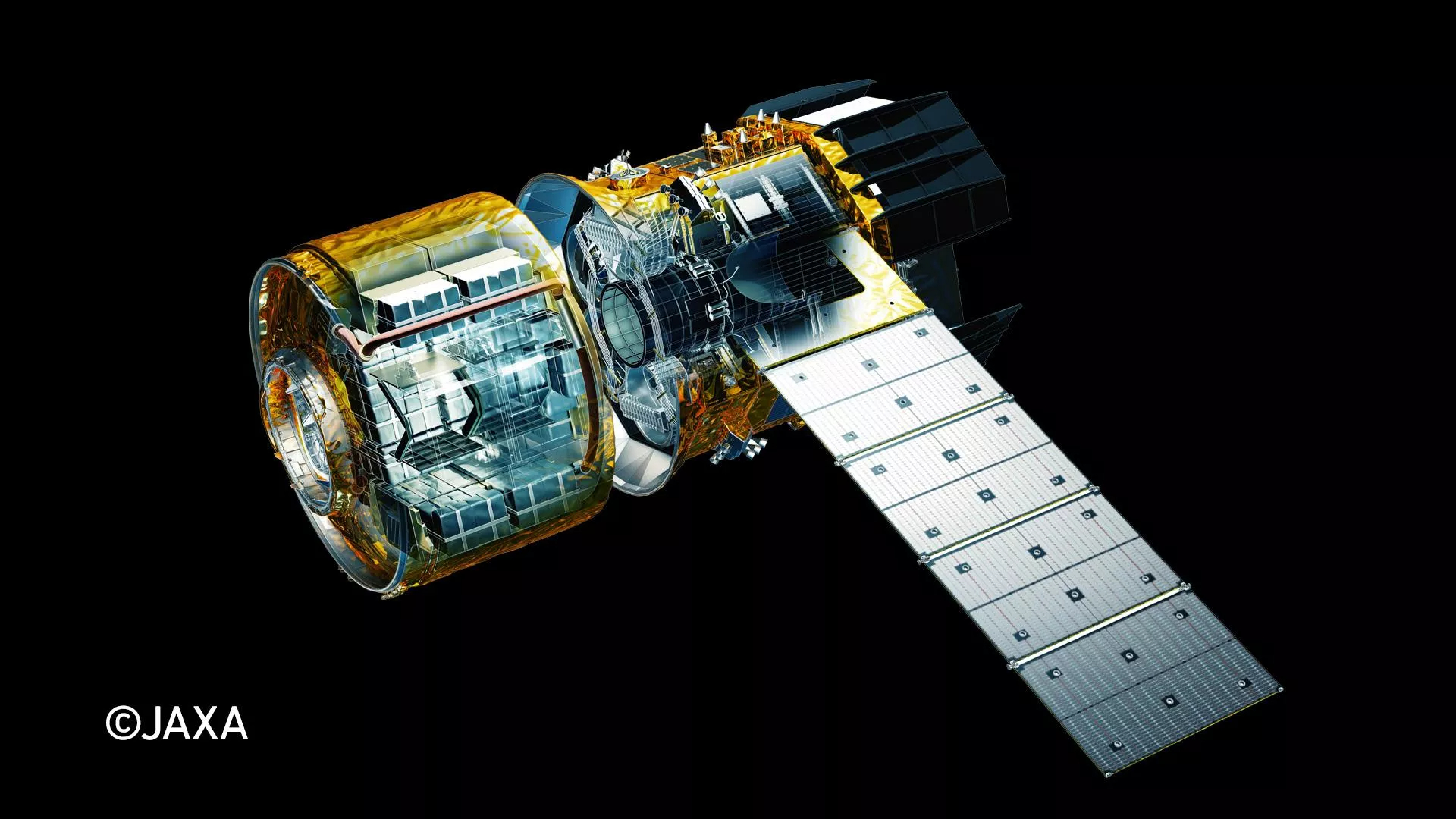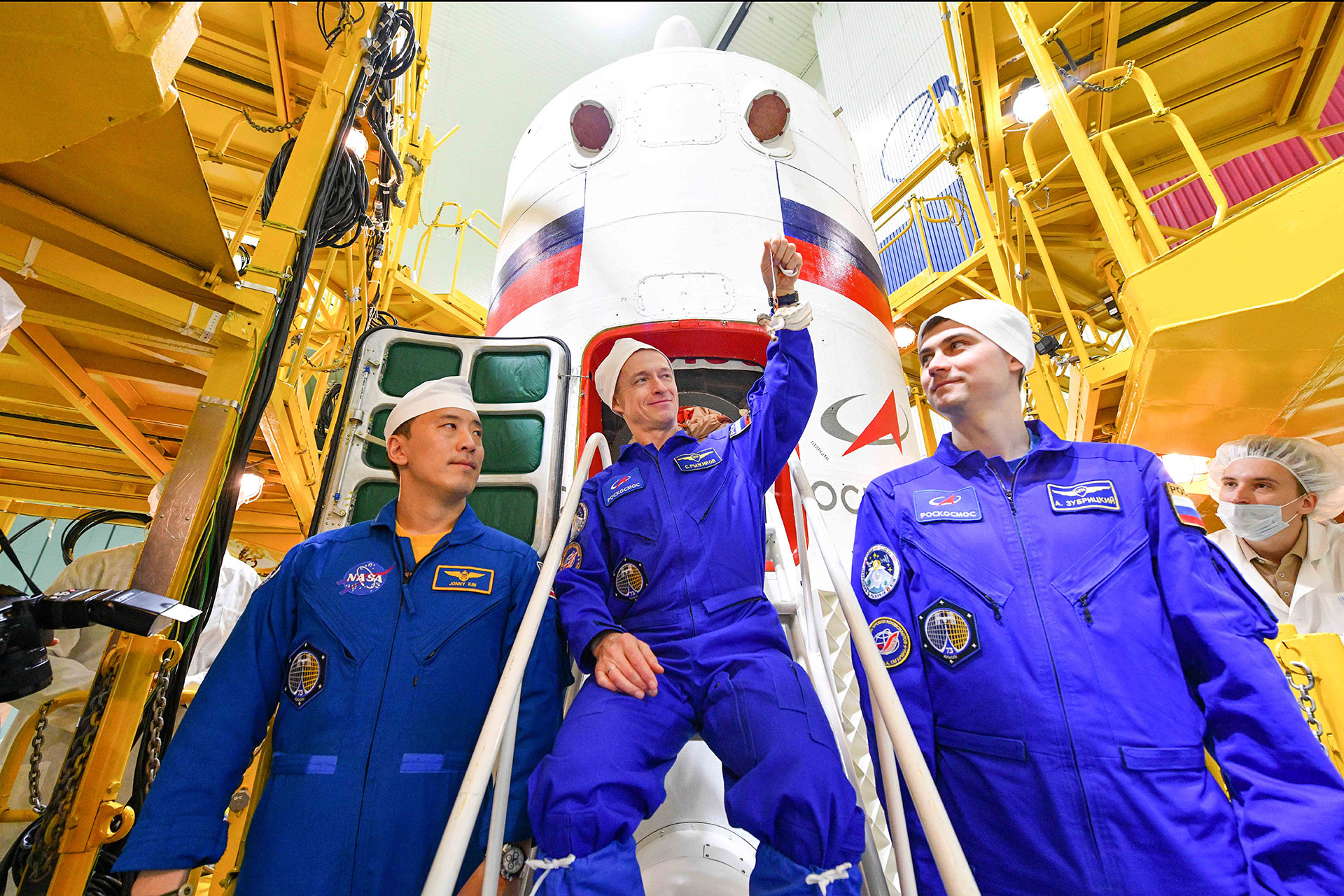Japan launches advanced new cargo spacecraft to ISS for 1st time (video)
Liftoff occurred at 8 p.m. EDT on Saturday (Oct. 25).
Japan's new HTV-X cargo spacecraft launched on its first-ever mission to the International Space Station on Saturday (Oct. 25).
The robotic HTV-X lifted off atop an H3 rocket from Japan's Tanegashima Space Center at 8 p.m. EDT (0000 GMT and 9 a.m local Japan time on Oct. 26).
It is expected to arrive at the station for its capture and berthing on Wednesday (Oct. 29) at about 11:50 a.m. EDT (1550 GMT).

The HTV-X is the successor to JAXA's H-II Transfer Vehicle (HTV), also known as Kounotori (Japanese for "White Stork"), which flew nine missions to the International Space Station (ISS) between September 2009 and May 2020.
At 26.2 feet (8 meters) long, the new freighter is about 4 feet (1.2 m) shorter than its predecessor, but it can loft roughly the same payload mass to low Earth orbit (about 13,200 pounds, or 6,000 kilograms). The HTV-X also offers other advantages.
"HTV-X enhances transportation capabilities and adds the capability to provide various users with on-orbit demonstration opportunities for up to 1.5 years after leaving ISS until reentry," Mitsubishi Heavy Industries, which builds the HTV-X for JAXA, wrote in a description of the vehicle.

The HTV-X's potential uses also extend beyond the ISS, according to JAXA. The agency envisions it aiding "post-ISS human space activities in low Earth orbit" as well as possibly flying cargo to Gateway, the space station NASA may build in lunar orbit as part of its Artemis program.
Breaking space news, the latest updates on rocket launches, skywatching events and more!
HTV-X's debut increases the stable of ISS cargo craft by one-third. The currently operational freighters are Russia's Progress vehicle and Cygnus and Dragon, spacecraft built by the American companies Northrop Grumman and SpaceX, respectively. Only Dragon is reusable; the others (including HTV-X) are designed to burn up in Earth's atmosphere when their missions are over.
Editor's note: This story was updated at 8:15 p.m. ET on Oct. 25 with news of successful liftoff.

Michael Wall is a Senior Space Writer with Space.com and joined the team in 2010. He primarily covers exoplanets, spaceflight and military space, but has been known to dabble in the space art beat. His book about the search for alien life, "Out There," was published on Nov. 13, 2018. Before becoming a science writer, Michael worked as a herpetologist and wildlife biologist. He has a Ph.D. in evolutionary biology from the University of Sydney, Australia, a bachelor's degree from the University of Arizona, and a graduate certificate in science writing from the University of California, Santa Cruz. To find out what his latest project is, you can follow Michael on Twitter.
You must confirm your public display name before commenting
Please logout and then login again, you will then be prompted to enter your display name.
